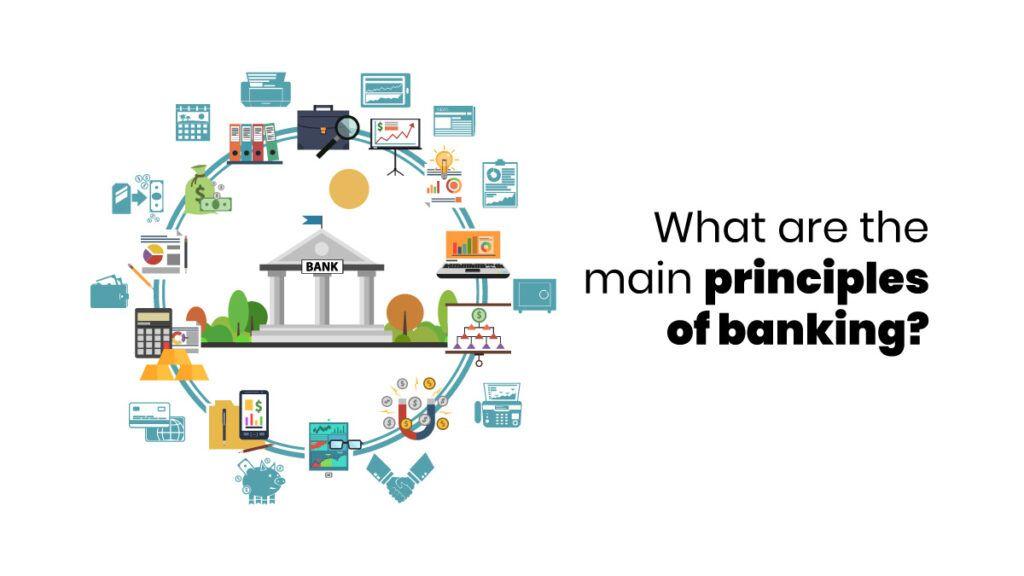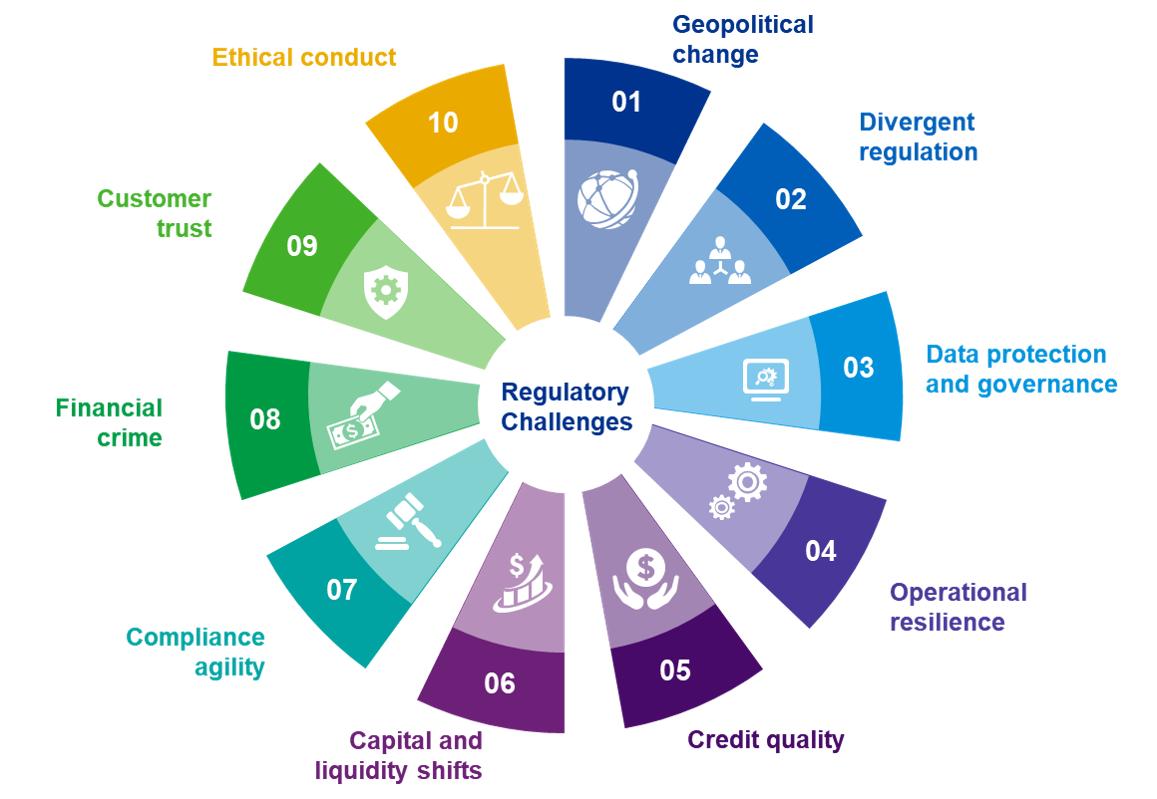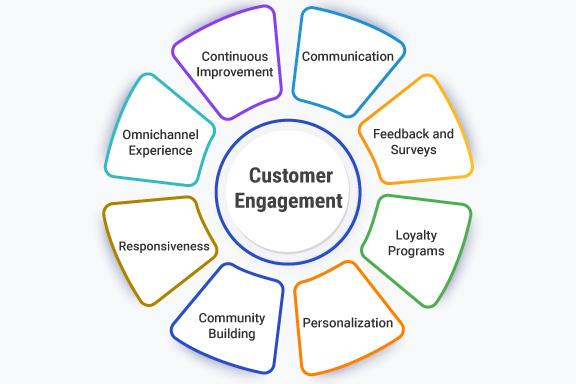In an era marked by rapid technological advancement and shifting economic landscapes, the role of commercial banks has never been more scrutinized or essential. As financial institutions grapple with the dual pressures of innovation and regulation, the age-old principles that underpinned banking operations are increasingly overlooked. This article invites readers to take a step back and revisit the fundamentals of commercial banking—those core tenets that have historically defined the sector’s stability and functionality. By examining the interplay between traditional banking practices and modern demands, we aim to shed light on how a return to these foundational principles could not only enhance the industry’s resilience but also better serve consumers in an unpredictable financial world. Join us as we explore the art of balancing innovation with the wisdom of the past, and consider whether it’s time for commercial banks to redefine their identity in a rapidly evolving landscape.
Reassessing the Core Principles of Banking in a Dynamic Economy
As the financial landscape continues to evolve at a breakneck pace, it is essential for commercial banks to strip back their operations to the core principles that define their role in the economy. This entails reassessing fundamental duties such as risk management, customer trust, and regulatory compliance—elements that have historically guided banking practices. In an age dominated by digital transformation, banks must not only embrace technological advancements but also reaffirm their commitment to serving the community by ensuring accessibility to financial services for all demographics. By doing so, they can foster a more inclusive economic environment that supports sustainable growth.
Moreover, the interplay between innovation and traditional banking values presents an opportunity for commercial banks to redesign their strategies. Key focus areas should include:
- Customer-Centricity: Tailoring services to meet the unique needs of individuals and businesses.
- Transparency: Enhancing communication to build trust and credibility with clients.
- Agility: Adapting swiftly to market changes and regulatory updates.
- Ethical Standards: Upholding a high level of integrity in all banking operations.
With these focal points in mind, banks can create a robust framework for future operations, ensuring that they not only navigate challenges effectively but also emerge as pillars of support in the economy.

Navigating Regulatory Challenges: Strategies for Compliance and Growth
In an era where regulatory expectations are constantly evolving, commercial banks must adopt proactive measures to not only ensure compliance but also foster sustainable growth. One effective strategy is to establish comprehensive compliance training programs for all employees. By cultivating a culture of awareness and understanding regarding regulatory requirements, banks can mitigate risks associated with non-compliance. Key elements to consider include:
- Regular training sessions on new regulations and internal policies.
- Interactive workshops to engage employees in practical scenario-based learning.
- Feedback mechanisms to continually assess and adapt training materials.
Furthermore, leveraging technology can significantly streamline compliance processes. Implementing advanced data analytics tools enables banks to monitor transactions in real-time, enhancing their ability to detect anomalies and potential regulatory breaches. Additionally, developing a robust compliance management system can provide a centralized platform for managing documentation, reporting, and audits effectively. To illustrate, consider the following comparative advantages:
| Strategy | Advantages |
|---|---|
| Regular Training | Increased employee awareness and reduced compliance risks |
| Technology Integration | Enhanced monitoring and efficient data management |
| Centralized Compliance System | Improved documentation and streamlined audit processes |

Innovating Customer Engagement: Leveraging Technology for Enhanced Services
In the rapidly evolving landscape of banking, commercial banks must embrace technological advancements to revolutionize their approach to customer engagement. By integrating innovative solutions such as artificial intelligence, chatbots, and mobile applications, banks can provide personalized experiences that cater to the unique needs of their clients. These tools enable financial institutions to deliver timely information, tailor services, and improve response times, ensuring customers feel valued and understood. Notably, investing in data analytics empowers banks to uncover insights that drive strategic decision-making, optimizing every interaction with their clientele.
Furthermore, the implementation of omnichannel strategies allows banks to engage customers across multiple platforms seamlessly. This approach not only enhances convenience but also fosters a continuous connection between the bank and its clients. Key components of successful customer engagement initiatives include:
- User-friendly interfaces: Simplifying navigation and accessibility across all digital platforms.
- Real-time support: Offering instant assistance through chat and voice channels.
- Feedback loops: Establishing mechanisms for customers to share their experiences and suggestions.
As commercial banks explore these avenues, they must recognize the significance of customer relationship management (CRM) systems. Comprehensive CRM solutions serve as a bedrock for crafting tailored customer journeys and enhancing satisfaction. The following table illustrates some essential CRM features that can transform customer interactions:
| CRM Feature | Benefit |
|---|---|
| Automated Communication | Streamlines interactions and increases efficiency. |
| Data Integration | Consolidates customer information for insightful analytics. |
| Segmentation Tools | Enables targeted marketing strategies based on customer behavior. |

Sustainable Banking Practices: Balancing Profit with Social Responsibility
In the evolving landscape of finance, commercial banks are increasingly recognizing the importance of integrating social responsibility into their operational frameworks. This shift not only serves to enhance their brand image but also attracts a growing demographic of socially conscious consumers. By prioritizing environmentally sustainable practices, banks can pave the way for a more ethical form of capitalism. Key initiatives may include:
- Green Financing: Funding projects that promote renewable energy and infrastructure.
- Responsible Lending: Providing loans that consider the environmental impact and social equity.
- Digital Innovations: Leveraging technology to reduce paper usage and resource waste.
- Community Investment: Supporting local projects that improve social well-being and economic stability.
Furthermore, sustainability transcends environmental issues, embracing broader social equity goals. Banks are beginning to implement frameworks that assess and mitigate risks associated with social factors, thereby fostering inclusivity and diversity within their lending practices. The table below highlights examples of sustainable banking products that align profit with social goals, emphasizing a commitment to a better future:
| Product Type | Description | Impact |
|---|---|---|
| Sustainable Bonds | Fixed-income securities aimed at financing environmentally friendly projects. | Boosts green investment and climate resilience. |
| Ethical Investment Funds | Investment vehicles that only include stocks from companies meeting social and environmental standards. | Encourages corporate responsibility. |
The Way Forward
as we navigate the ever-evolving landscape of finance, the time has come for commercial banks to revisit their foundational principles. By reflecting on the core tenets of transparency, customer trust, and responsible lending, these institutions can not only enhance their relevance in a rapidly changing world but also foster stability and growth in the broader economy. The digital age presents both challenges and opportunities, urging banks to innovate while staying rooted in the values that have historically defined their success. As we look forward, it is crucial for banks to embrace a balanced approach that harmonizes tradition with modernity, ensuring they remain not just financial stewards, but also vital partners in the journey toward a prosperous future for all. The road ahead may be uncertain, but by revisiting the fundamentals, commercial banks can lay a sturdy foundation for sustainable development and resilience amidst the tides of change.
